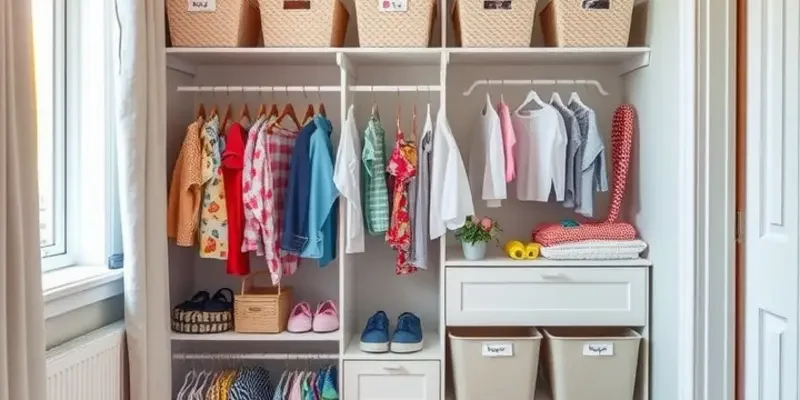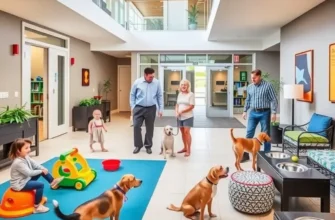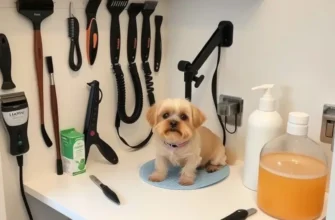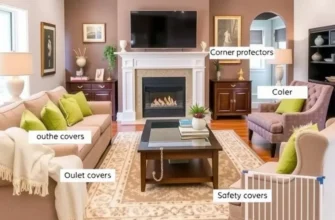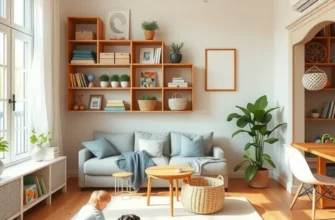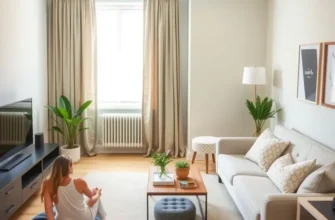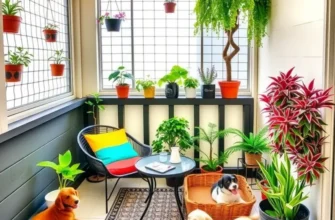Living in an apartment with kids can be a delightful adventure filled with laughter, play, and love. However, it also comes with its unique challenges, particularly when it comes to keeping the living space organized and safe for your little ones. One of the most critical aspects of managing a busy household in a smaller space is effectively organizing children’s wardrobes. You need solutions that maximize storage while ensuring that the environment is comfortable and conducive to your family’s lifestyle. This guide will explore practical and creative wardrobe solutions that are not only functional but also pet-friendly, keeping safety and style in mind. By choosing the right storage options for clothes, toys, and accessories, you can create a cohesive system that helps keep your apartment organized and inviting for both children and pets. No need to compromise; we’ve got you covered with tips tailored for families, pet owners, and couples living in the busy U.S. apartment landscape.
Optimizing Small Spaces: Clever Storage Ideas
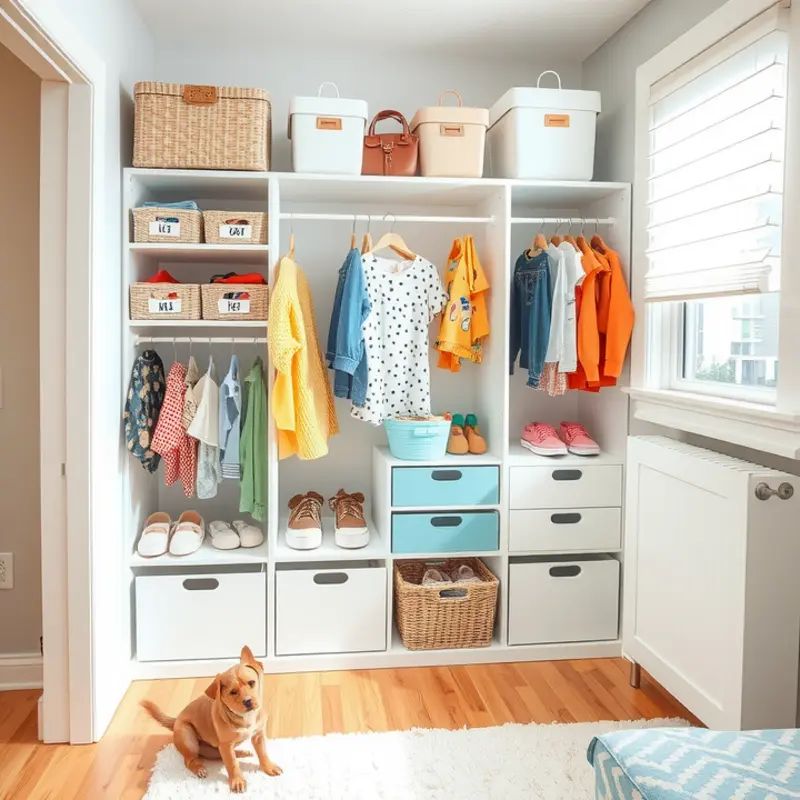
Living in an apartment with kids requires thoughtful consideration of how space is managed. To optimize limited wardrobe space, vertical storage becomes an indispensable tool. Utilize the full height of your closets by installing stackable shelves or adjustable clothing racks that allow you to layer clothing above and below. This not only maximizes space but also makes all items accessible to children.
Another strategic approach is the use of multi-functional furniture. Furniture pieces like ottomans or benches that include hidden compartments can serve dual purposes: offering storage space while providing seating or a play area for kids. In small apartments, this is an excellent way to keep the area tidy and organized.
Modular storage systems offer flexibility and can be tailored to changing needs as children grow. These systems can be configured in numerous ways, allowing you to adjust shelving and compartments easily. Choose designs that blend with your home aesthetics, creating a relaxed environment that feels open rather than cluttered.
Hidden compartments are a clever solution for keeping seldom-used items out of sight. Beds with underframe storage drawers are particularly useful in children’s rooms. These keep seasonal items or extra bedding concealed yet accessible, maintaining a clean and organized look.
For those sharing their apartments with pets, maintaining wardrobe cleanliness is a priority. Using enclosed storage solutions can prevent pet hair and other messes from interfering with kids’ clothes. Store items not frequently in use in sealed bins or boxes, which also helps in maintaining hygiene and extends the life of clothing.
To ensure an aesthetically pleasing and efficient wardrobe, effective categorization is key. Group clothing by type, size, or season and use clear labels to make them easily identifiable. This labeling system helps even younger children find their clothes independently, fostering both independence and responsibility.
Additionally, rotating seasonal clothing in and out of more accessible areas can save space and time. Apply an organized system for transitioning clothes as seasons change. This task can include vacuum sealing out-of-season items and securing them in less accessible storage locations to free up prime wardrobe real estate for current season items.
For families in rented apartments, consider non-permanent solutions like adhesive hooks which can increase hanging space without causing damage. This approach provides extra hanging options for hats, scarves, or costumes, adding to the versatility of your storage solutions.
Continuing with renter-friendly solutions, exploring DIY renter-safe shelf risers might offer additional creative options without risk to your lease agreement.
Ultimately, smart storage solutions go beyond merely adding space—they cultivate a functional and inviting environment that caters to the unique needs of families with children and pets.
Functional Fashion: Creating a Child-Friendly Wardrobe
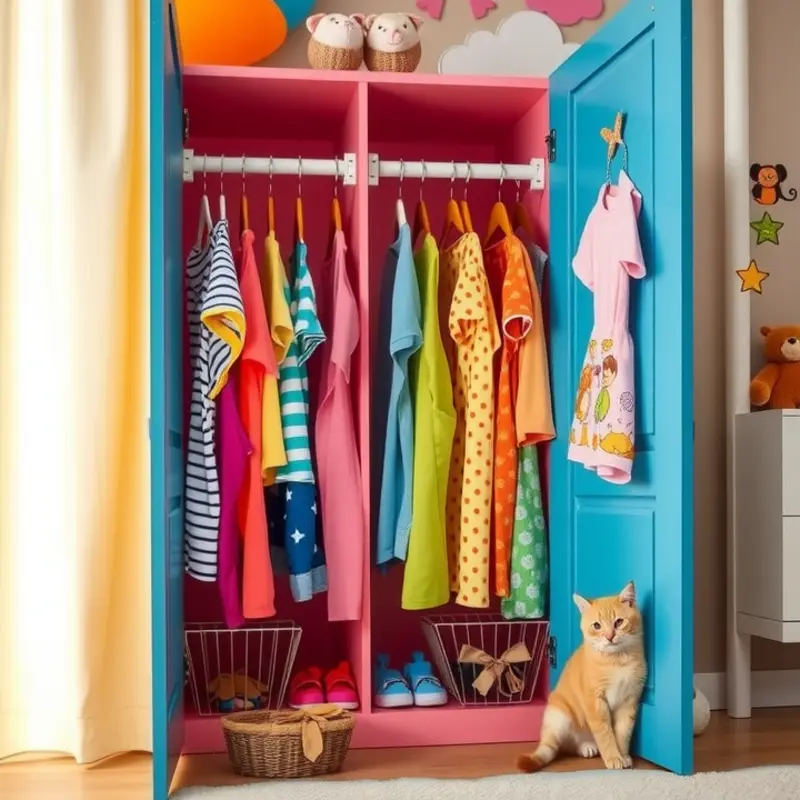
Creating a wardrobe for your child that balances style and functionality is an art. To start, consider materials that are gentle on the skin, such as cotton or bamboo. These fabrics provide comfort and withstand the daily wear and tear from active kids. Also, natural fabrics are less likely to cause skin irritation, a crucial factor for children with sensitivities.
When it comes to style, let your child’s personality shine through. Choose colors and patterns that reflect their tastes. Using a color-coordinated system can enhance visual appeal and practicality. For instance, arranging clothes by color creates an inviting visual for kids and makes selecting their outfits more fun. This system also encourages independence, as children can easily identify where their clothes belong.
Optimizing the wardrobe for easy access is essential. Store frequently worn clothes at eye level or lower, making them accessible for little hands. Use adjustable hangers that grow with your child; they can be resized to fit anything from a toddler’s garments to a teen’s attire.
Incorporating fun elements into the wardrobe can motivate children to engage in dressing themselves. Consider adding hooks for jackets or hats, which can serve as both storage and decoration. These simple installations can make mornings smoother, as items are easily reachable.
For larger families or those living in smaller spaces, efficient organization is critical. Baskets and bins labeled with pictures or words can help children find what they need quickly. These storage solutions not only maximize space but also teach organizational skills.
Don’t underestimate the power of a mirror. Mounted at an appropriate height, it allows children a better view as they decide on their outfits. This simple addition can boost their confidence in making choices and seeing the results themselves.
In apartments, it’s often vital to make the most of available space. Consider using DIY renter-safe shelf risers for added storage without permanent installations. Such solutions enhance functionality without compromising your rental agreement. For more ideas, you can explore DIY renter-safe shelf risers.
Finally, consider the broader environment within the wardrobe. Keep things breathable by venting closet doors or incorporating cedar blocks to prevent odors. This adds an extra layer of care to maintain a fresh and inviting space. With these tips, creating a child-friendly wardrobe becomes an opportunity to blend functionality with personal style effortlessly, making daily dressing a stress-free experience.
Final words
Creating a safe and organized wardrobe for your children in an apartment setting is not only achievable but can also be fun! By leveraging creative storage solutions and tailoring the wardrobe to be both functional and aesthetically pleasing, you can ensure that your family’s needs are met without sacrificing comfort or style. Remember, a well-organized wardrobe not only saves time but also fosters independence in your children as they learn to dress themselves. As you implement these tips, consider the unique dynamics of your family and how each solution fits into your lifestyle. A happy home is a well-organized home, and with these wardrobe solutions, your apartment can be both stylish and family-friendly.

